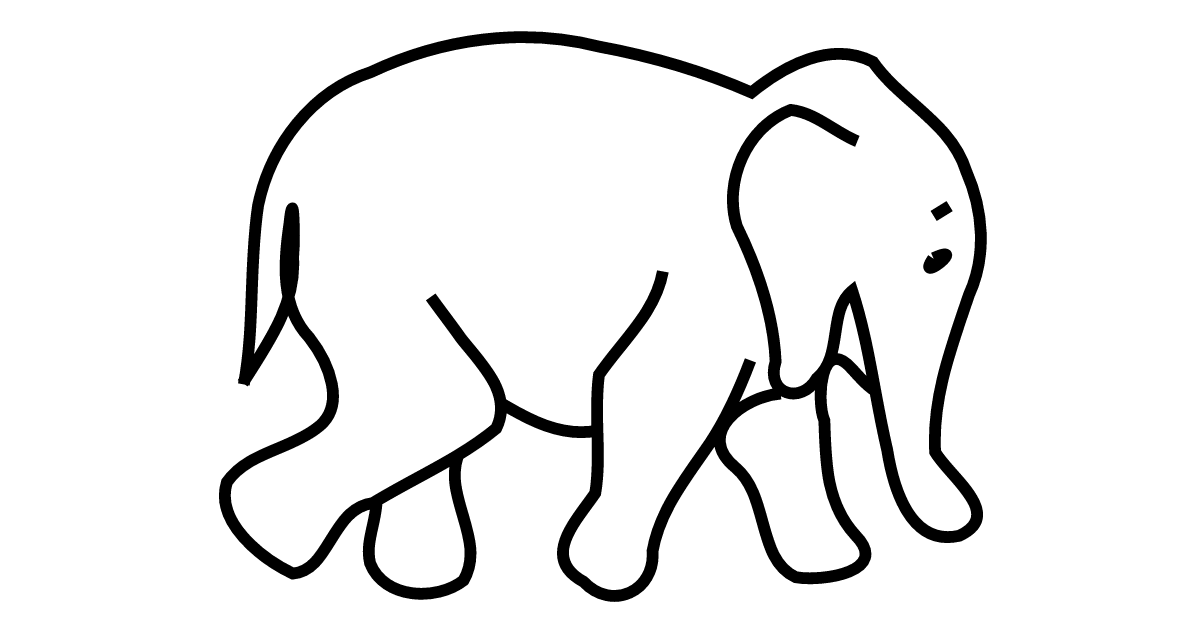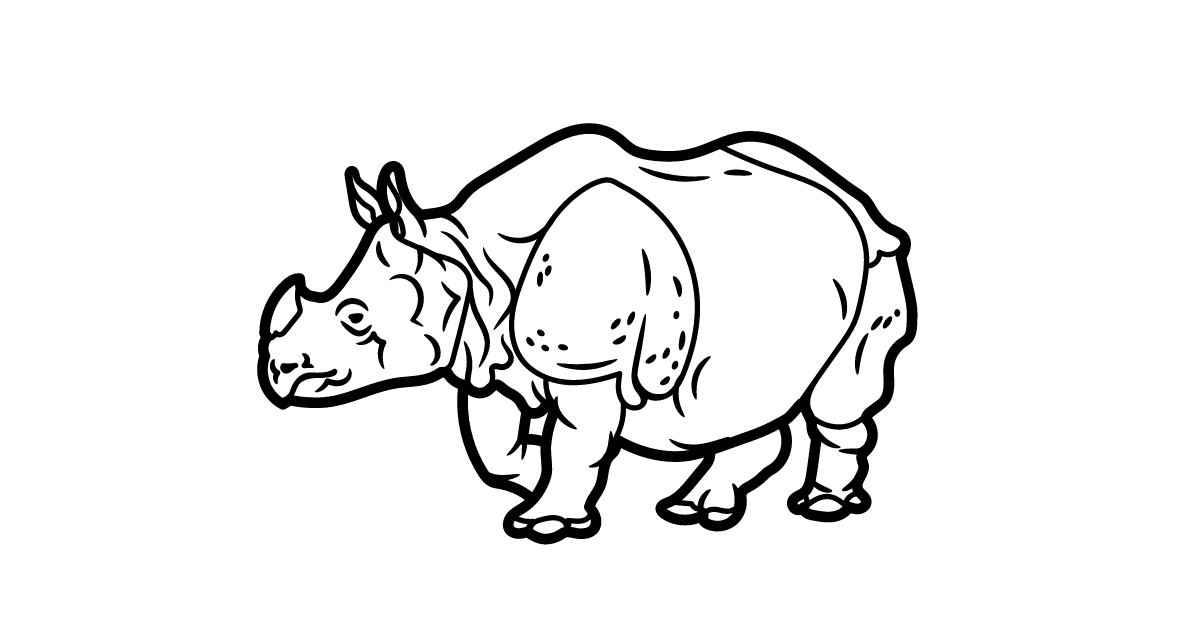
Neck and limb stretches in Giraffes require an unusual cardiovascular and respiratory system. The physiological adaptations of the circulatory system have been studied in detail by many. The hydrostatic pressure exerted by gravity on the column of blood in the neck, the heart is about 2m away from the head; necessitates an average systemic blood pressure of ~200 mm Hg compared with the standard of 100 mm Hg in other land mammals.









